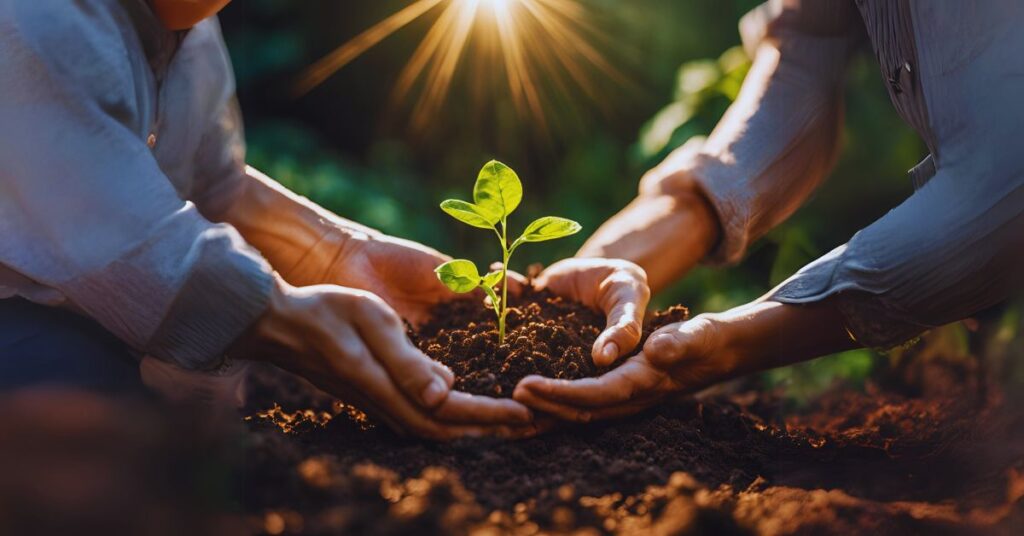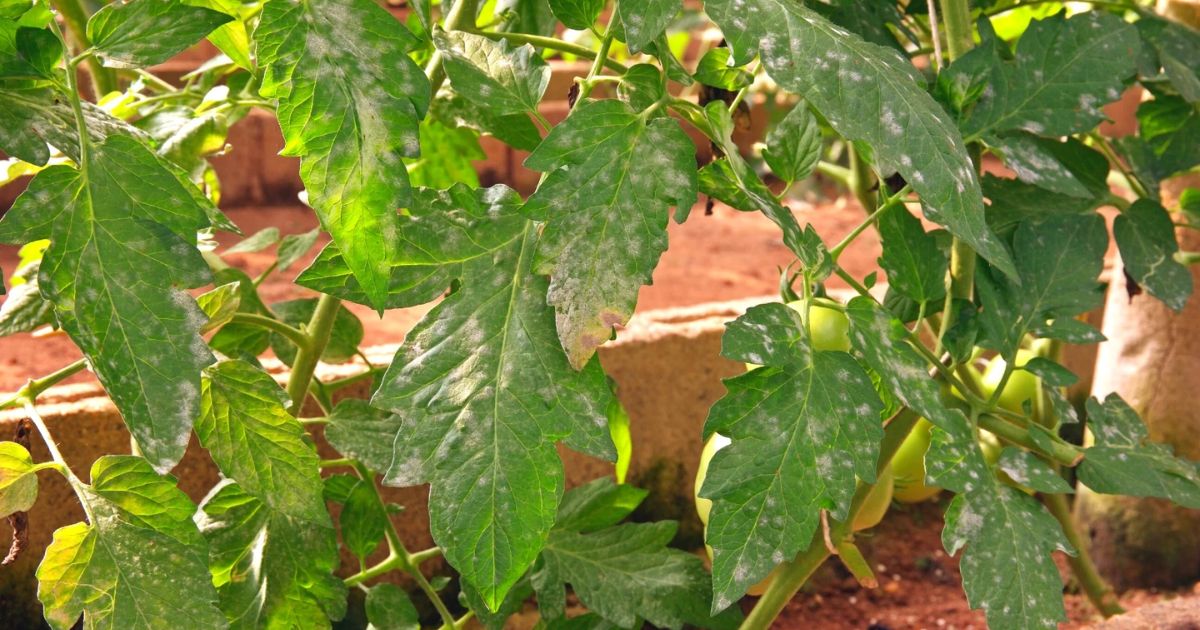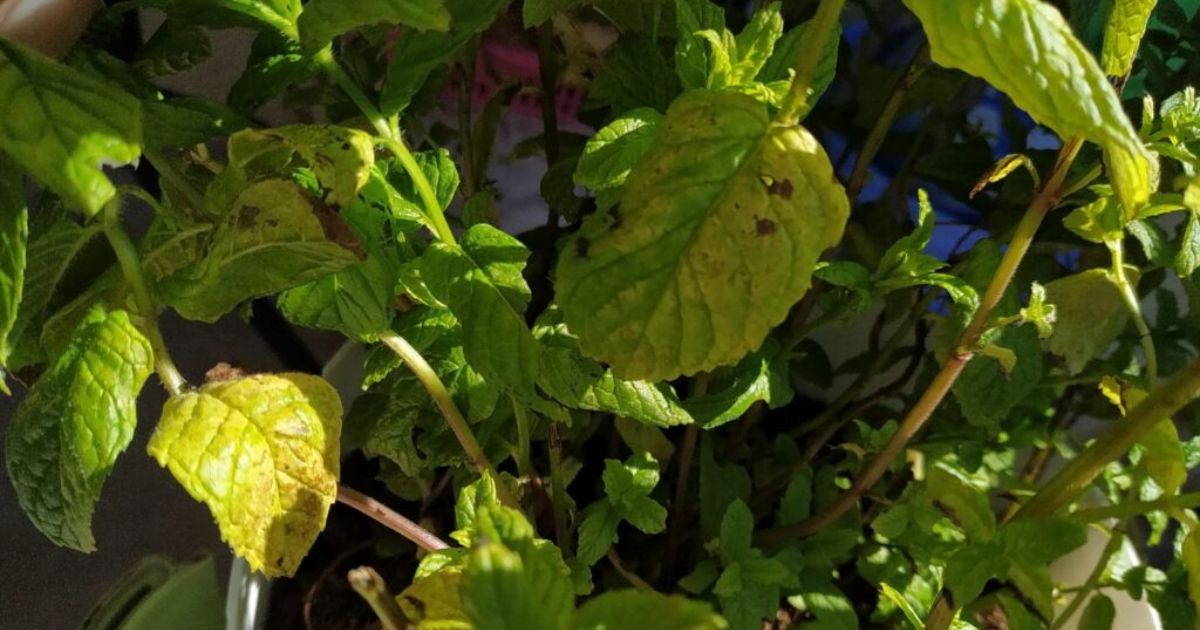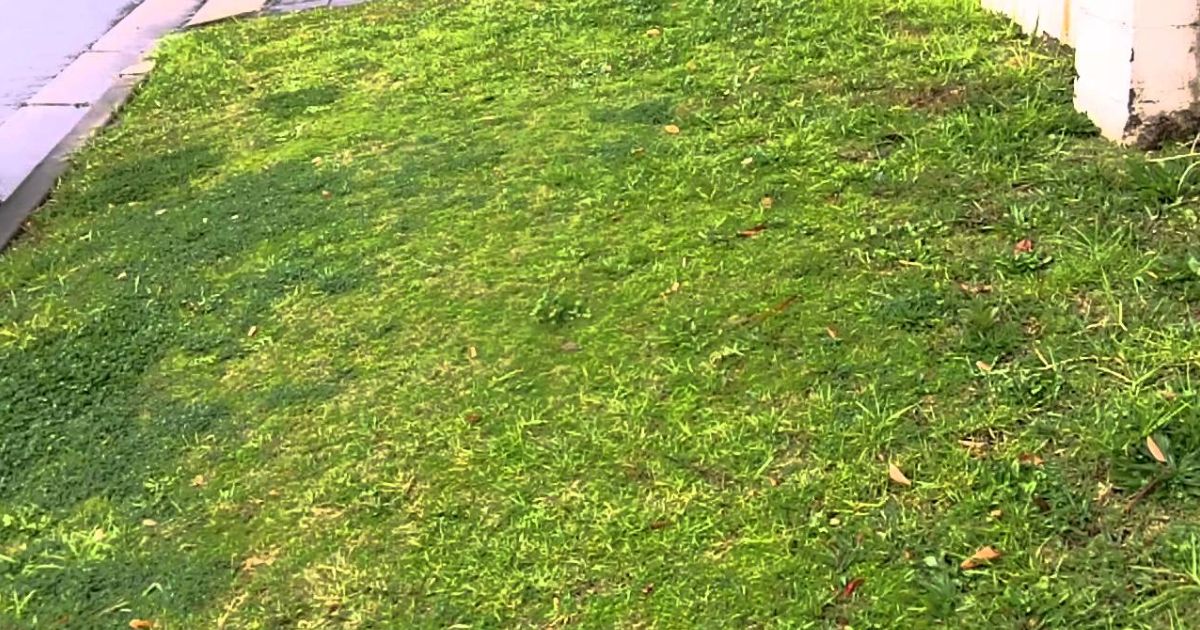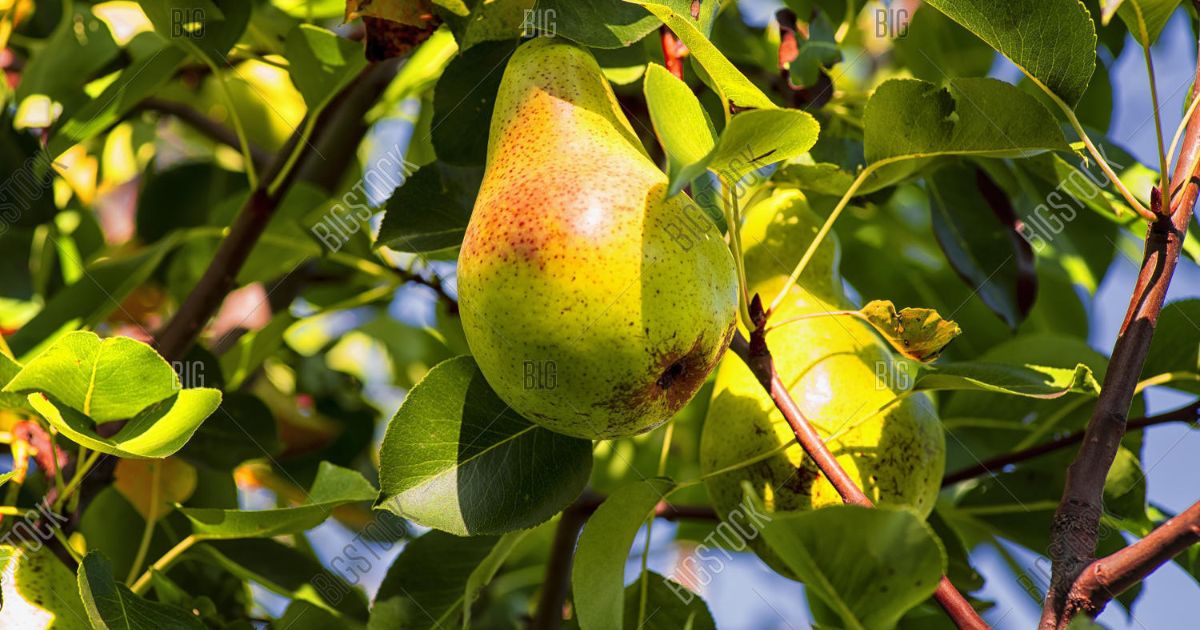Growing plants from seeds is one of the most rewarding Germinate hard seeds experiences. Whether you’re looking to grow vibrant flowers, nutritious vegetables, or exotic plants, understanding how to germinate seeds and nurture seedlings is essential. This guide explores how to start seeds indoors using paper towels, tips for germinating hard-to-start seeds, choosing the right row cover for your garden, and more.
How to Start Seeds Indoors Paper Towel?
Starting seeds indoors is a great way to jumpstart your garden, especially in regions with short growing seasons. The paper towel method is easy, reliable, and works well for many seeds.
Paper Towel Germination Steps
- Gather Supplies: You’ll need seeds, paper towels, a spray bottle with water, and plastic bags.
- Prepare the Paper Towel: Dampen the paper towel with water. It should be moist but not dripping.
- Place the Seeds: Spread the seeds evenly on one half of the paper towel, then tuck the other half over them.
- Seal and Store: Place the paper towel inside a plastic bag to keep moisture and warmth. Label the bag with the seed type and date.
- Check Daily: Keep the bag in a warm spot, like on top of a refrigerator. Check the seeds daily for signs of sprouting.
This method is perfect for germinating flower seeds and vegetable seeds. Once the seeds sprout, transfer them to pots or trays with soil.
Starting Herbs from Seed

We have advice for you on how to help your favourite seeds grow if they fall into the “hard-to-start” category. The three fundamental techniques for “encouraging” the difficult-to-start seeds to sprout are:
- Scarification is the process of nicking, scratching, or scarring the hard seed coat.
- Exposure to a period of frigid temperatures is known as stratification.
- Soaks hydrate seeds with more difficult seed coverings.
Germinating Seeds in Paper Towel and Plastic Bag
Some hard-coated seeds require a little more perseverance and effort to sprout. Here are some tips that will help you get some problematic seeds to grow.
Here is a partial list. The Parsley family (Apiaceae) includes the first five. We’ll keep this list updated; others will add more.
- Celery & Celeriac
- Parsley
- Carrots
- Parsnips
- Cilantro
- Swiss chard (don’t need to soak overnight, just 1-2 hrs)
- Peas (can also be soaked in an inoculant)
Seeds should first be soaked in warm water (90–100F or 32–38C). Starting with a little cup, I prefer to fill it halfway. Add extra warm water two to three hours later. Let it soak all night.
Some people place seeds on damp paper towels, wait for the seeds to sprout, and then plant the paper towel in the ground. You can line the paper towel with seeds and cut it into strips if you’d like. Keep the water on the paper towel moist.
When planting the small seed planter using either method, use warm water. Water from a garden hose exposed to the sun can be used. Before watering, always test with your palm in front of the stream. Use caution and common sense because this could be too hot if it’s hot and sunny.
Although there are alternative techniques, such as “mechanical scarification,” which involves filing, sanding, and nicking the seed coat, I’ve found that the warm water method works well. Tell us which hard seeds you have started and how you get them to sprout!
Tips to Germinate Hard-to-Start Seeds
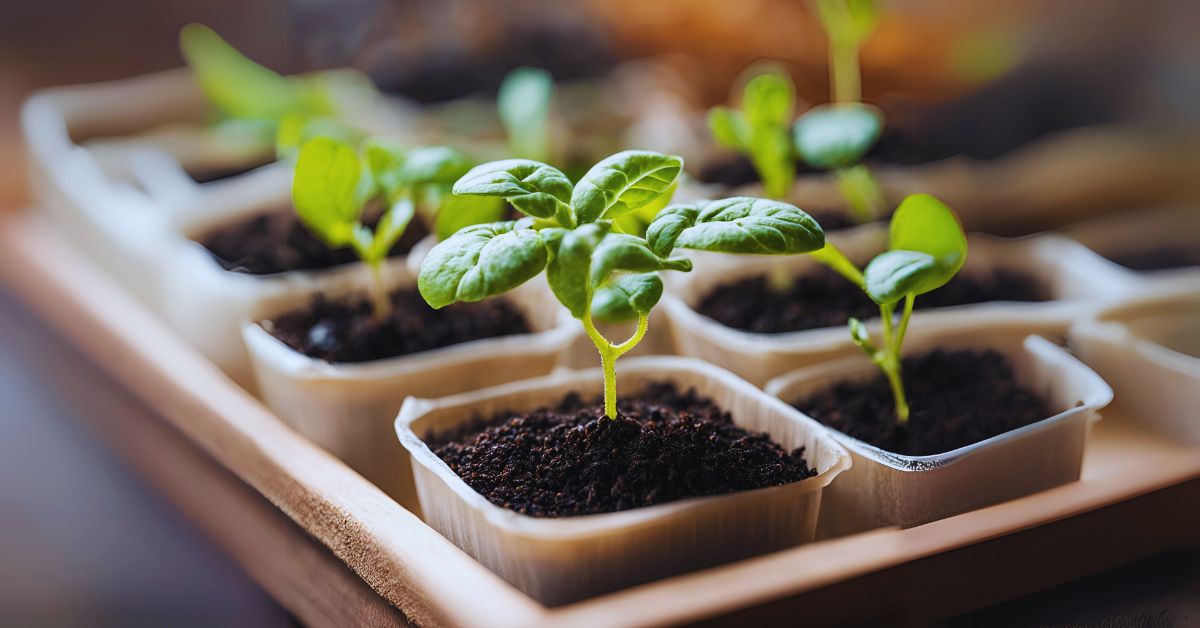
Some seeds, like those of certain flowers and trees, have hard coats that make germination difficult. Here are some tried-and-true sowing methods to help these small seed planter sprout:
Scarification
Scarification involves weakening the seed coat so water can penetrate. You can:
- Rub the seed lightly with sandpaper.
- Nick the coat with a knife.
- Soak the seeds in friendly water for 24 hours.
Stratification
Stratification mimics natural conditions that seeds experience in winter. Place seeds in a moist paper towel, seal them in a plastic bag and keep them in the refrigerator for a few weeks.
Soaking in Warm Water
Soaking seeds like beans or peas in warm water overnight softens the coat and speeds up germination.
Following these techniques, you’ll successfully germinate hard seeds and enjoy a lush, thriving garden.
Using Small Seed Planter Tool with Row Covers
A tiny seed planter tool helps you sow seeds evenly and at the correct depth. After planting, secure the row cover with clips or weights to ensure your seeds and seedlings are well-protected.
Germinate Seeds in a Plastic Bag
Germinating seeds in a plastic bag is similar to the paper towel technique but offers added convenience for busy gardeners. This method works well for seeds that require high humidity to germinate.
Steps for Plastic Bag Germination
- Moisten a Paper Towel: Follow the same steps as in the paper towel method.
- Place in a Bag: Put the damp paper towel with seeds into a resealable plastic bag.
- Create the Right Environment: Keep the bag in a warm, bright spot without direct sunlight.
- Monitor Progress: Check for sprouting daily and transfer seedlings to the soil as soon as they’ve developed roots.
This method is beneficial for tiny seeds or those prone to drying out.
How to Choose the Right Row Cover for Your Garden?
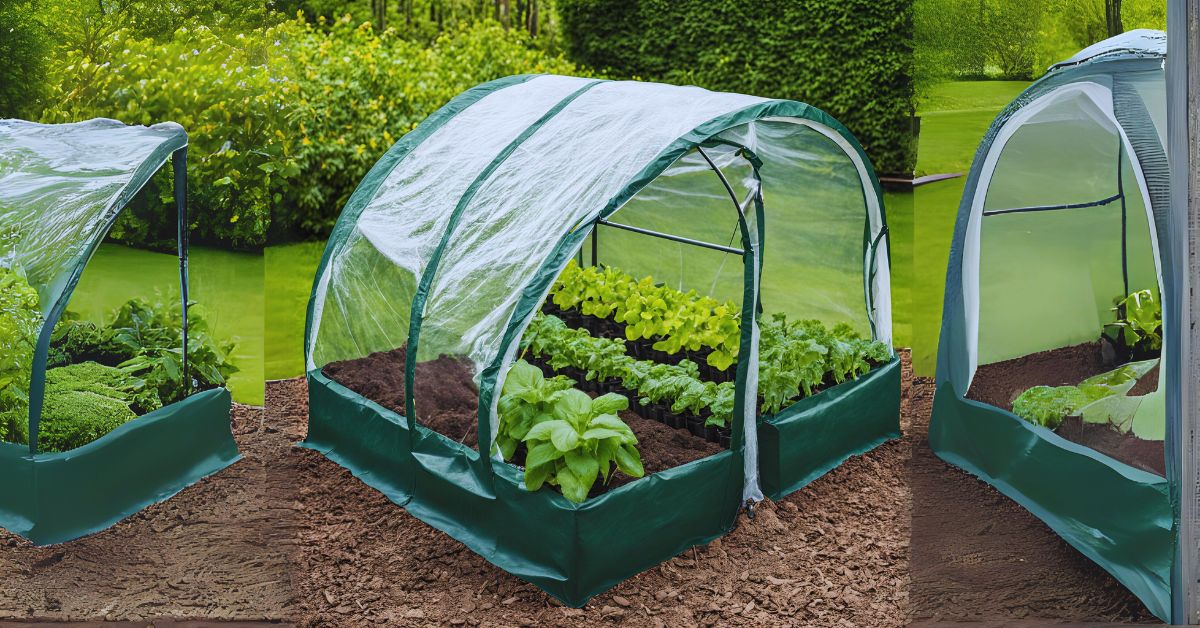
Row covers protect seedlings and mature plants from pests, frost, and harsh weather. Choosing the right type depends on your gardening needs.
Types of Row Covers
- Lightweight Covers are ideal for protecting plants from insects while allowing maximum sunlight. They are also great for germinating flower seeds and young seedlings.
- Medium-Weight Covers: Provide some frost protection and are suitable for extending the growing season.
- Heavyweight Covers: Best for harsh winter conditions, offering significant frost and weather protection.
Final Thoughts
Germinating seeds and caring for seedlings is a fulfilling process that brings life to your garden. From mastering the paper towel germination steps to choosing the right row cover, these simple techniques ensure success. Remember, patience is key, especially when working to germinate hard seeds. With a bit of care and effort, you’ll soon see your garden flourish. Simple Steps To Fermenting And Saving Tomato Seeds

